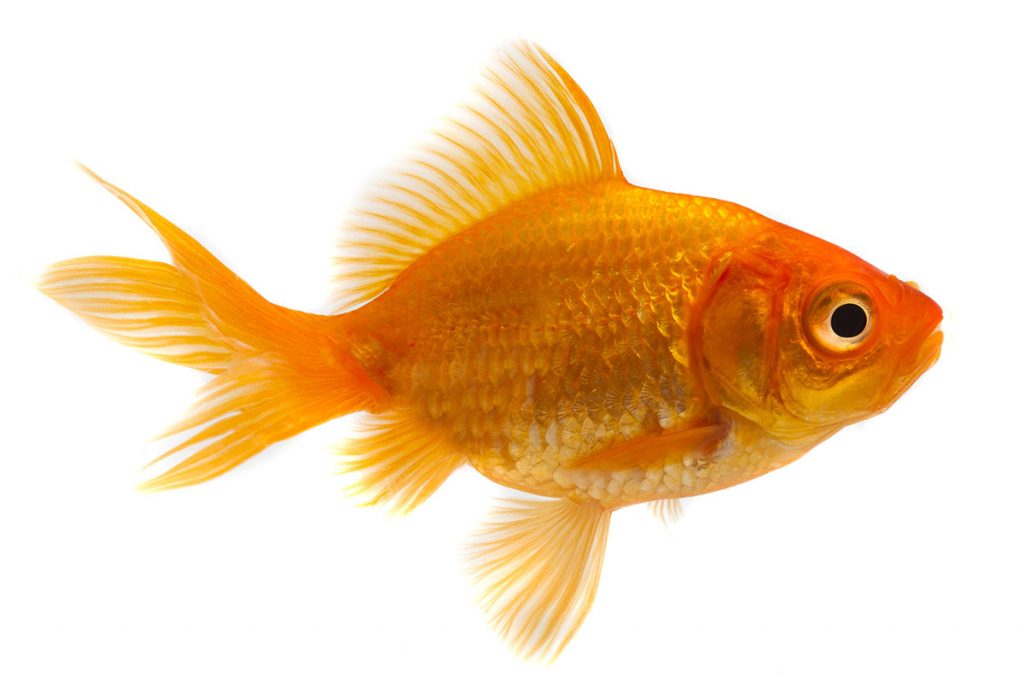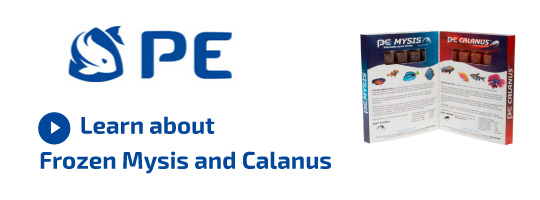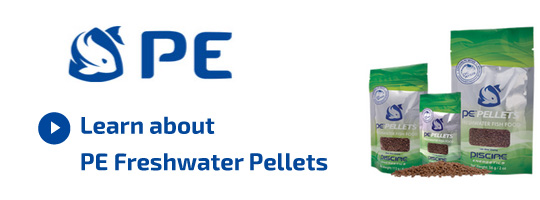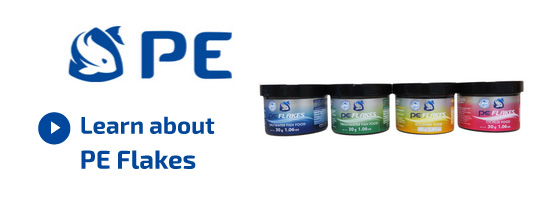Goldfish Species
Goldfish
Goldfish are one of the most commonly kept pet fishes. They can be found in virtually every pet store, and make wonderful aquarium and pond fish. They are arguably one of the first fish to be domesticated, having been bred in China for well over 1000 years. All goldfish are members of the same species, Carassius auratus. Today there are many dozens of domesticated strains of goldfish, with significantly different body shapes, finnage and coloring.
The Comet Goldfish (Carassius auratus) is one of the most frequently encountered varieties, with an elongated body shape much like wild goldfish. Other common species include Ryukin (Carassius auratus), Oranda (Carassius auratus), Pearlscale (Carassius auratus) and the Black Moor (Carassius auratus).
Biology
The goldfish is native to East Asia, where in its wild form it is a bronze colored fish that feeds primarily on vegetation. Goldfish are egg layers, spawning seasonally with the changes in water temperature and day length. Just as in the wild, captive goldfish will spread their adhesive eggs on mats of vegetation where the eggs are left to develop on their own. Goldfish are medium to large fish, reaching lengths of 6” (15CM) to over 12” (30CM).
Captive Care
Goldfish can make great aquarium inhabitants, provided their husbandry needs such as diet, water quality and tank space are met. While many people consider goldfish to be good pets for bowls, in fact they are large fish that need significantly larger tanks and high capacity filtration. They are generally very mild-mannered fish, and they can be prone to being picked on by more aggressive fish. It is particularly important to avoid any aggressive tankmates with fancy goldfish varieties that may be susceptible to having their fins nipped.
Goldfish are considered a cooler water fish and do best when maintained between 65F (18C) and 75F (23C). While they can survive extremes for a period of time, the stress of extreme temperatures or drastic changes can very often induce a disease outbreak.
It is important to consider carefully what variety of goldfish may be best for your aquarium. While smaller strains such as the Pearlscale (Carassius auratus) are suited to tanks as small as thirty gallons, larger more active strains such as the Shubunkin (Carassius auratus) may be better suited to a larger tank.
Suggested Piscine Energetics Products
We suggest a diet based on Piscine Energetics Frozen Mysis, Piscine Energetics Frozen Calanus, Piscine Energetics Pellets (1mm and 2mm) and Piscine Energetics Freshwater Flakes.
What people are saying about PE:
After feeding my seahorses your mysis for about 3 months; they are fat and happy!!! they give me baby seahorses (at least 300 ) each 14 days... So I'm very satisfied of your mysis.The frozen mysis is about 70 per cent of their diet.
Yvan Charbonneau Quebec
I am keeping these Indian mudskippers -- very cute -- about 3-4 inches long. I've been feeding them frozen bloodworm, and decided to try them on mysis. I feed them in a "shallows" in the 150 I have set up for them. The minute the mysis hit the water they were on it, frozen and all. They gorged until their little bellies were almost bursting. I have yet to see an aquatic creature that does not go absolutely nuts over PE Mysis.
David Lass Massachusetts
I picked up my Mysis today and they arrived wonderfully. All the fish I fed them to, absolutely devoured them. They are my Frontosas new favorite food. All my Discus ate them up eagerly...heads and all!! I want to thank you again for your excellent service and product.
Pierre Brenton Nova Scotia
I have a large saltwater aquarium (220 gallons) with very expensive fishes and invertebrates. I tried to feed them with your PE Mysis and they really went crazy about it. Since that time, some of my fishes refuse any other product I offer them!






